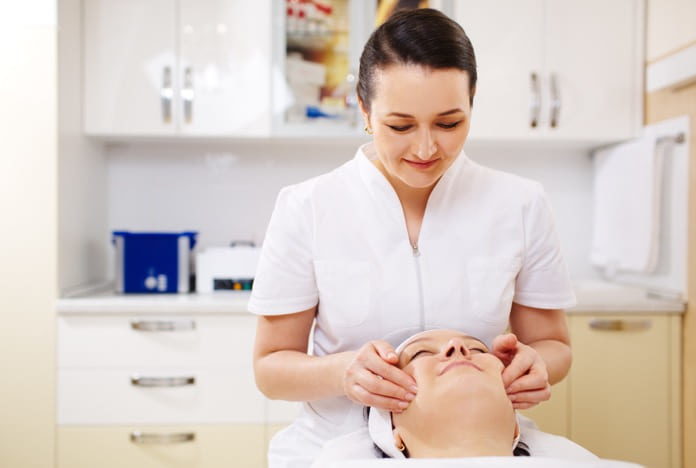We know that dermabrasion works on the skin, but a recent study details what actually happens during the microdermabrasion procedure.
Microdermabrasion is a reasonable option for those looking for smoother, healthier skin. The principle behind microdermabrasion is pretty straightforward. It involves the application of substances (diamond fragments, aluminum hydroxide particles, or high-pressure water) that induce a mechanical abrasive effect over the skin to smoothen out any irregularities.
People often undergo a microdermabrasion procedure to treat acne scars, darkened areas in the face, or stretch marks. Microdermabrasion’s reliability and safety as a clinical procedure make it one of the most frequent reasons to visit the dermatologist.
Patients are often happy about the positive effects of microdermabrasion, but what are the actual changes that occur during these procedures? A study by dermatologists in Poland attempts to identify the cellular changes in the skin as it undergoes dermabrasion. They recently published their results in Skin Research and Technology.
Researchers studied the skin changes of 16 women who underwent facial microdermabrasion using aluminum hydroxide particles. Under the microscope, they found that there were quantifiable changes in the cellular structure of the treated areas.
Cellular injury-and-repair cycle is responsible for the visible changes
The researchers noted significant decreases in skin hydration and sebum production after the procedure, and the net result of these changes is a temporary breakdown of the skin barrier. This serves to trigger the reparative mechanisms of the skin—promoting the formation of new, healthier skin as replacements. The scientists theorize that this injury-repair cycle that occurs at the cellular level is the process responsible for the visible changes that we see after microdermabrasion.
More studies needed to establish safe lag time between sessions
Understanding what happens to the skin brings up another important point. How much lag time should there be in between sessions to allow the skin to return to normal and prevent any permanent injury? Further studies that look into this aspect would be helpful in establishing how often patients can undergo and benefit from microdermabrasion.
Written by Jay Martin, M.D.
Reference: Fak, et al. “The early effect of microdermabrasion on hydration and sebum level”. Skin Res Technol. 2018. 00:1-6 https://doi.org/10Micro.1111/sct.12580.



